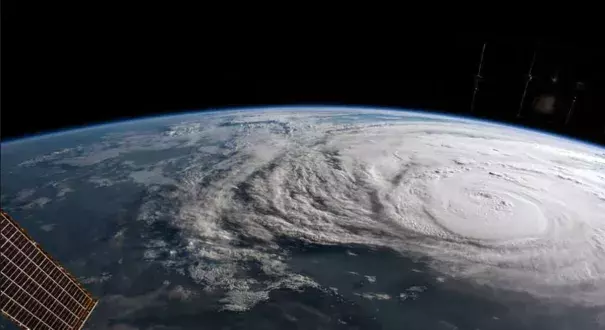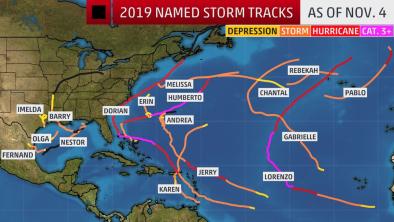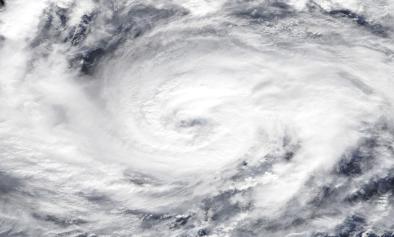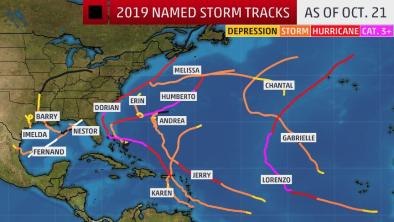U.S. Hurricane Season Is Unnecessarily Dangerous

Forecasters are expecting this year’s North Atlantic hurricane season to be roughly average, with about 14 named storms including six full-fledged hurricanes. Last week, the government finally dealt with the fallout from 2018, enacting a $19.1 billion relief package to help U.S. towns and cities still recovering from last year’s natural disasters. Even before that, 2018 had already drawn more emergency funding than any year since 2005, the costliest year on record.
The U.S. is more vulnerable to economic damage from natural disasters than any other nation, according to a recent analysis of global data. For reasons that include its size and location as well as local real-estate development policies, it ranks first among developed countries for the number of lives adversely affected by destructive events. With two long ocean coastlines and a propensity for tornadoes, Americans face more, and more expensive, disasters.

Since 1980, more than 241 billion-dollar disasters have cost the U.S. $1.6 trillion [adjusted to the 2019 Consumer Price Index] and almost half of those losses came during the four most expensive years: 2017, 2005, 2012 and 2018. While emergency relief bills deliver necessary aid, Congress’s reliance on them has become an obstacle to more lasting, structural preparedness, particularly in the last few years, said Josh Sawislak, a strategic advisor to Four Twenty Seven, a consultancy focused on climate economics.
Related Content





